
One of the greatest pleasures of cinema (and one wholly specific to this art form, that can’t be found in any other medium) is the ability to transport the viewer into epic narratives that span dozens of different locations and time periods. And while a novel can contain the same narrative, the visual component of cinema makes it an incomparable experience of its own.
So a movie set in a single room presents a challenge that, when done well, can prove to be extremely rewarding. There are numerous examples of that in film history, of celebrated one-set movies from “Grand Hotel” to “Green Room,” but, as with all genres and subgenres, there’s also great stuff that for some reason or another doesn’t generate the same acclaim, no matter how deserving. So here’s a few of those you may not have seen before, all highly worthwhile.
10. Death and the Maiden (1994)
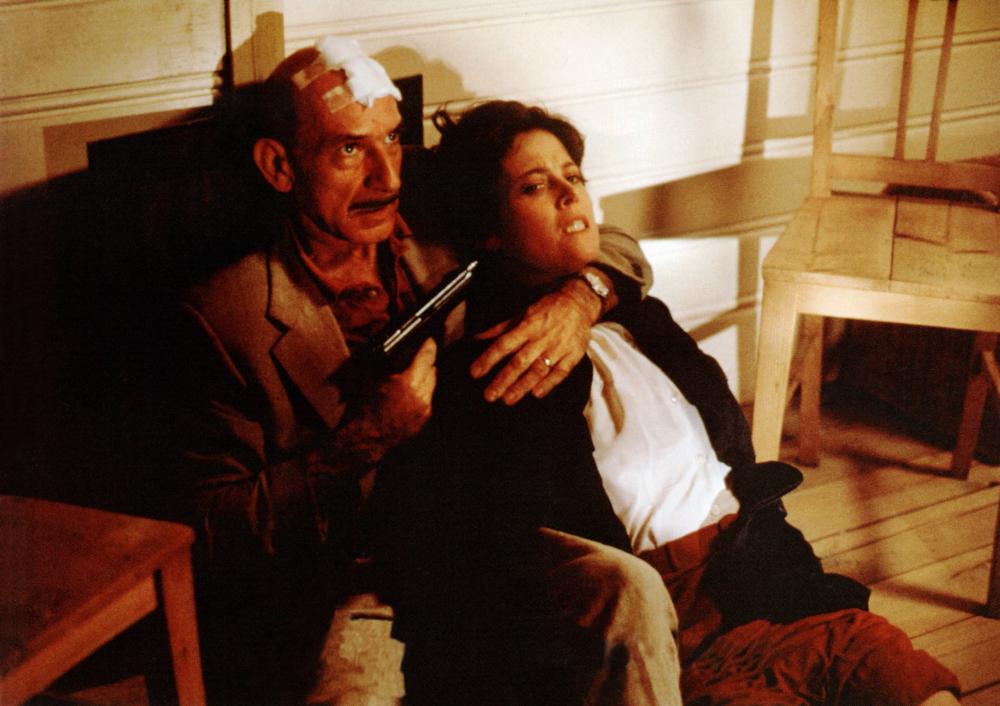
Roman Polanski has made a career out of claustrophobic thrillers, having a talent for mining drama and tension from limited spaces and highlighting the spatial relationship of the characters within those constraints, to reveal their shifting games of power. It’s no wonder, then, that he has been keenly interested in adapting plays, like “Carnage” and “Venus in Fur” and of those adaptations, “Death and the Maiden” remains the very best one.
Everything regarding Polanski’s work is now rightfully besmirched by his crime and subsequent flee from justice, but “Death and the Maiden” specifically is the one movie in his career most impacted by this, since it is impossible to see it without associating it with his own life story.
Based on the Ariel Dorfmann play of the same name, the film follows a night in the life of Paulina Escobar (Sigourney Weaver), a woman who suffered unspeakable horrors (including sexual abuse) during a dictatorship in an unnamed Latin American country, and now lives with her husband Gerardo (Stuart Wilson), a civil rights lawyer. This night, he brings home a charming stranger (Ben Kingsley), who Paulina recognizes as one of her torturers, and so she decides to make him confess his crimes – and pay for them.
It’s charged, complex material on its own as Pauline faces her own personal trauma, which doubles as the collective trauma of an entire country that suffered at the hands of authoritarian rule. But in Polanski’s hands, the text becomes supercharged, both for his expert staging that finds every bit of nuance and tension the story has to offer, but also, of course, due to his personal baggage — it’s uncomfortable to think just how much he might identify with Kingsley’s character, who spends the movie at the mercy of his victim’s violent wills.
It’s tough but undeniably compelling cinema.
9. Secret Honor (1984)
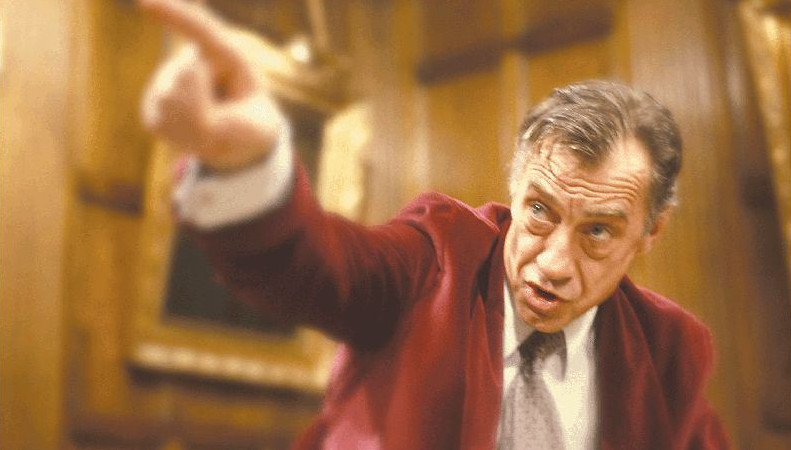
Robert Altman was the ultimate ensemble piece director; all of his most famous (and best) movies, from “Mash” and “Nashville” to “Shortcuts” and “A Prairie Home Companion,” demonstrate his magnificent, choreographer-like ability to orchestrate stories about a myriad of different characters into a cohesive whole.
That’s part of what makes “Secret Honor” such an interesting outlier in his filmography. Told in real time, it takes place entirely in a single room as none other than Richard Nixon (played by Philip Baker Hall), at this point already resigned from the presidency, recalls and monologues about his life.
It is, of course, both visually and narratively, as limited as it gets. Though a lot of movies in this list are also based on plays like this one, “Secret Honor” is the only one that can be credibly described as filmed theater, since Altman makes no effort to turn the material into visually cinematic stuff, instead getting out of the way and focusing on the central (and only) performance of the film.
Thankfully, Baker Hall was more than up for the challenge: though he grasps the man’s tics and mannerisms perfectly, his Nixon is far from an impersonation and more of a investigation into the former president’s soul, getting beneath the surface of his maniacal hysterics to search for the hidden depths of pain and frustration that informed his infamous actions.
8. The Incident (1967)
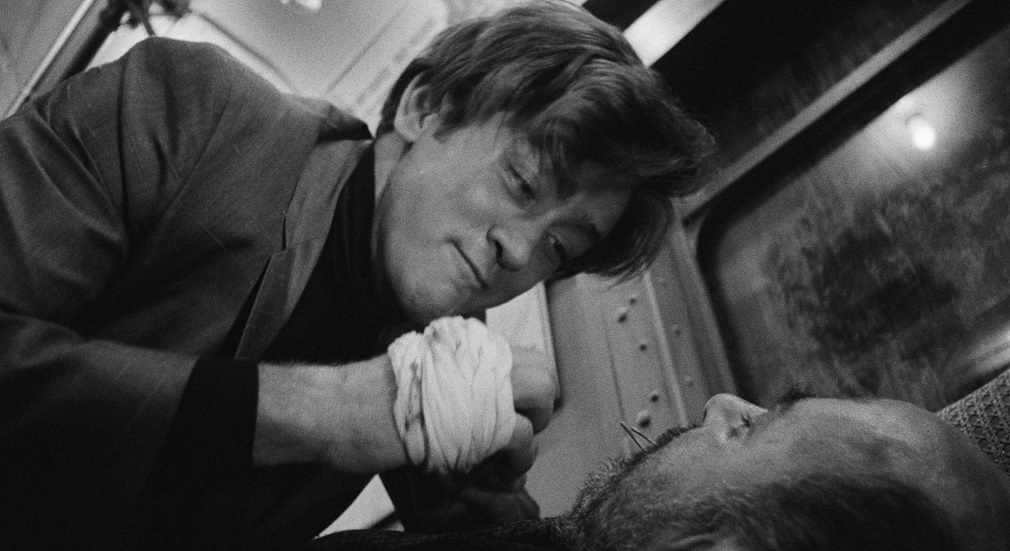
The words “grim” and “gritty” have become laughably overused in modern film discourse to refer to anything with mildly dark palettes in the cinematography, especially any properties aimed primarily at younger audiences that are posturing as adult entertainment (looking at you, DC).
But there are no adjectives more appropriate than those to describe “The Incident,” a tough and raw movie that finds independent American filmmaking at its infancy but already with full power of visual and thematic transgression.
Directed by Larry Peerce (who unfortunately never made anything of note again), “The Incident” stars a young Martin Sheen and Tony Musante as a couple of thugs beating, stealing, and intimidating their way through New York City one fateful night, as their path leads them to a train where they begin to terrorize the other passengers for fun.
After a first act in which all of these passengers are presented in brief but compelling scenes that inform the viewer of everything we need to know about them, the rest of the narrative takes place exclusively within that train, contributing to the film’s sense of claustrophobia and despair – a fitting atmosphere for a story about urban amorality and self-preservation in the face of wrong.
With a stark, excellent black-and-white cinematography, “The Incident” should be more studied and celebrated as an essential precursor to the New Hollywood Wave that would famously take over in the ‘70s.
7. Sleuth (1972)
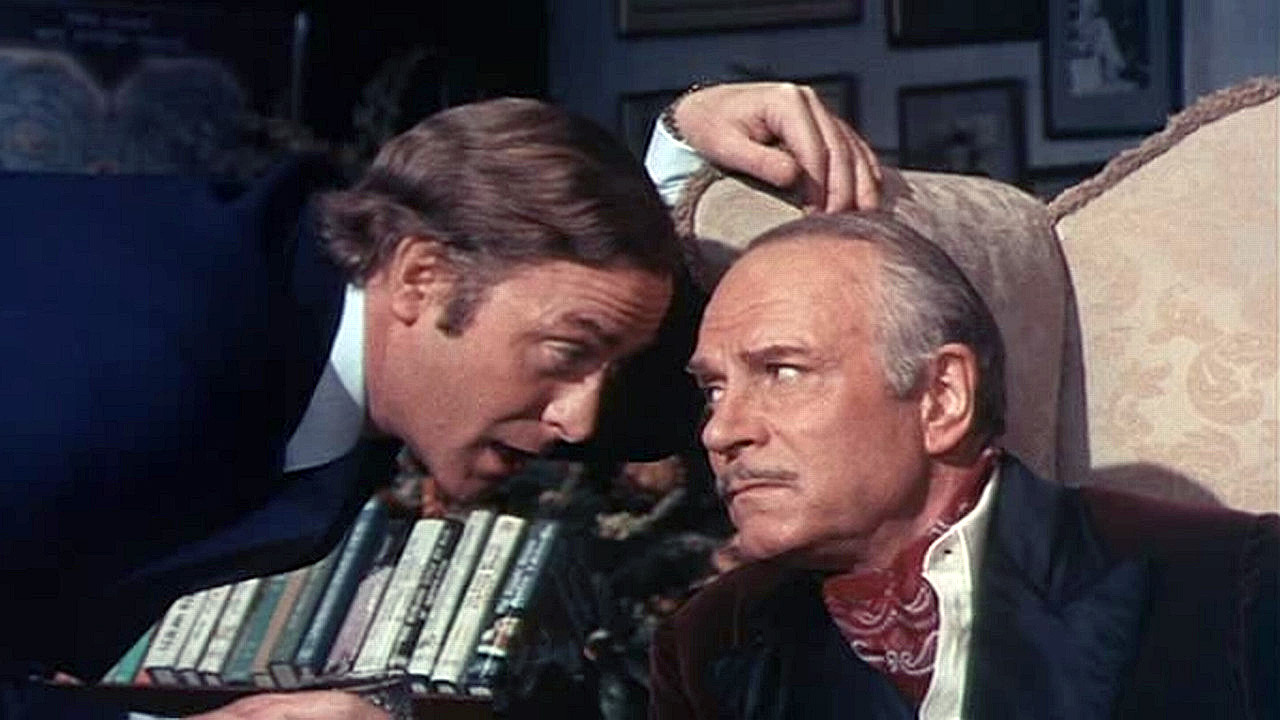
Another play adaptation (you’ll see lots of those in this list), “Sleuth,” despite enjoying great success upon release, both critically and commercially (and even garnering a few Oscar nominations for its leads, director, and composer) has become nearly impossible to track down, be it on home video or even streaming – a dreadful sin that must rectified, because it’s an extremely fun and clever movie deserving of rediscovery.
Directed by Joseph L. Mankiewicz of “All About Eve” fame, and penned by Anthony Sheffer from his own play, the movie is a two hander between an eccentric mystery novelist (played by Laurence Olivier) and a lower-class hairdresser (Michael Caine), the writer’s ex-wife’s new lover, whom he invites to discuss an arrangement that would suit them both. From then on, they engage in a series of escalating games and battles of wit that will destroy them.
As is the case with most Mankiewicz movies, “Sleuth” is really an actor’s showcase and it succeeds spectacularly at that: seeing two of England’s most legendary actors go toe to toe for two hours is a unique pleasure. Both Caine and Olivier are fantastic at their specific individual characterizations, but it’s their relationship – with all it’s caustic competitiveness, petty provocation and begrudging respect – that really makes the story.
Despite the movie’s relative obscurity nowadays, it’s still influential with some filmmakers – and just last year “Knives Out” made several open homages to this. So, if you like Rian Johnson’s whodunnit, be sure to seek this one out.
6. Deathtrap (1982)
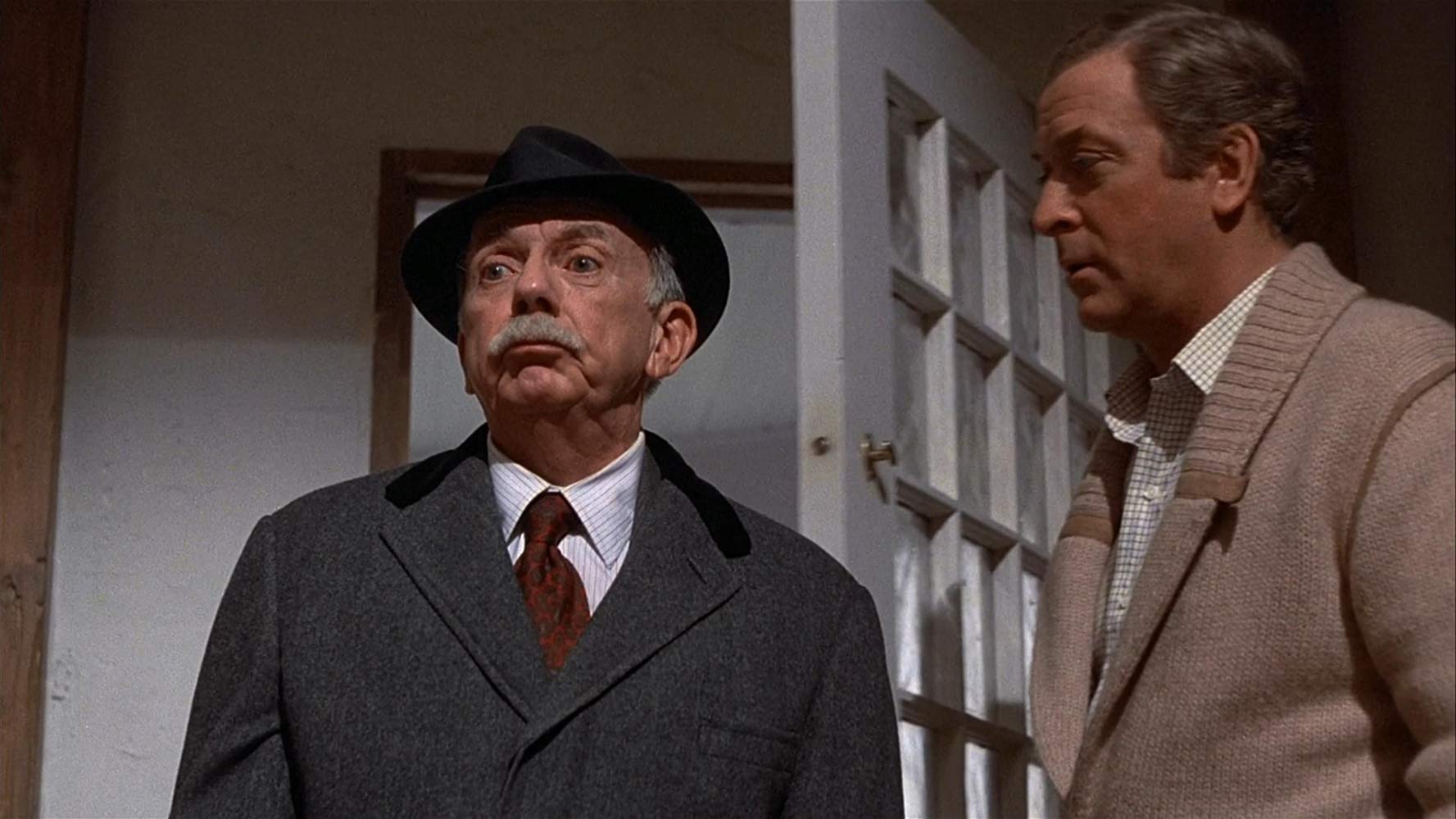
Many critics compared “Deathtrap” to “Sleuth” upon release and in fairness, on the surface, the movies sound almost identical: aside from the fact that both films star Michael Caine, “Deathtrap,” like the earlier Mankiewicz picture, also concerns a mystery writer who invites a rival to his house with possibly fatal intentions, and the surprising fallout from that.
Aside from the set up, however, the movies go in completely different directions and, with no slight to the very good “Sleuth,” the direction that Ira Levin (who adapted his own play for the screen) takes the story in is by far the more interesting one – which won’t be spoiled here, you’ll have to see it for yourself.
“Deathtrap” is directed by Sidney Lumet, who made what is possibly the greatest one-set movie of all time, “12 Angry Men,” and he brings all his expertise in staging this kind of narrative to this movie; watching the way he places the characters within that space is its own film school.
But more than anything, this movie should be seen simply because it’s so damn fun, in the way only a good thriller can be; the many twists and turns are just as unpredictable as they are satisfying, and when done right, there are few things in cinema more entertaining than that.